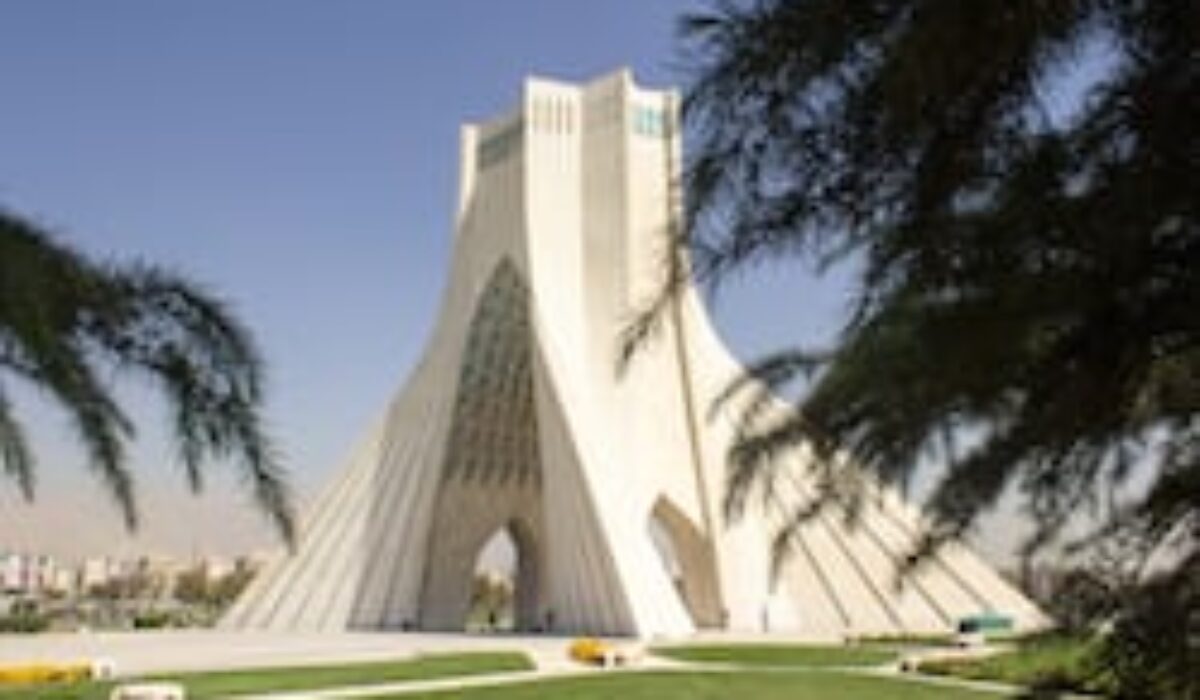The Road Ahead Looks Good
Iran is ready and raring to go. It is opening its doors to Western companies at a time where businesses are struggling with weak growth in Europe. The story of Iran is unfolding like an exciting page-turner, packed with anticipation and promise.
For the most part, Iran has gone it alone growing its industries and if there was such a thing as an International Economic Autonomy Index, Iran would land a top spot. In spite of this earlier solitude, land and waterways in Iran offer access to 15 countries with a total population of 550 million, providing huge growth potential for foreign companies. Even with the economic sanctions on Iran’s energy, trade and financial sectors, which previously prevented global companies from doing business with Iran and banned Iranian industries from trading overseas, the economy has survived, highlighting the core, inherent strength of this country and the power of the Iranian industrial base and education.
 Currently boasting a $400bn economy, Iran is enjoying the aftermath of the landmark 14th July nuclear deal and plans to lift the sanctions are progressing with ‘Implementation Day’ scheduled for late 2015 or early 2016. After full employment, Iran’s economic growth is expected to go from 3% this year to about 5% in 2016, thanks to a return to the international market. The deal will enable Iran to re-join global financial markets, import previously controlled goods, develop export markets, and (luckily for enterprising foreign businesses) promote foreign direct investment. Iran is already chatting with European businesses that aim to gain ‘first-mover’ advantage, with Austrian companies signing deals with Iranian partners worth US$ 88 million and Danish pharmaceutical company Novo Nordisk declaring a US$ 78 million manufacturing investment.
Currently boasting a $400bn economy, Iran is enjoying the aftermath of the landmark 14th July nuclear deal and plans to lift the sanctions are progressing with ‘Implementation Day’ scheduled for late 2015 or early 2016. After full employment, Iran’s economic growth is expected to go from 3% this year to about 5% in 2016, thanks to a return to the international market. The deal will enable Iran to re-join global financial markets, import previously controlled goods, develop export markets, and (luckily for enterprising foreign businesses) promote foreign direct investment. Iran is already chatting with European businesses that aim to gain ‘first-mover’ advantage, with Austrian companies signing deals with Iranian partners worth US$ 88 million and Danish pharmaceutical company Novo Nordisk declaring a US$ 78 million manufacturing investment.
“Given Iran’s size, youthful population, relative security, and additional advantages like a trade surplus, it is no surprise that many EU member states have been quick to address this emerging, lucrative market.”
Given Iran’s size, youthful population, relative security, and additional advantages like a trade surplus, it is no surprise that many EU member states have been quick to address this emerging, lucrative market. Sanctions relief should release $50 billion-120 billion of Iranian assets frozen abroad and The World Bank forecasts that Iranian exports will rise by approximately US$17 billion, which is roughly 3.5% of its GDP. Traditional economic partners stand to gain economically and Iran will be free to become a major regional player in the Middle East. This is a great time to invest in Iran and reap the benefits of early entry and T&S Associates will help you with your business investment, providing corporate, investment and commercial services and expertise.


Iran is getting ready for your business and while there may still be some twists and turns to come in this exciting story, it is sure to have a great conclusion.
For more information and assistance with foreign investment in Iran please contact
T&S Associates http://ts-associates-counsel.com
Open Iran http://www.open-iran.com
Need to know
The automotive sector, Iran’s biggest non-oil employer, has been hit hard by sanctions with approximately 100,000 workers losing their jobs in recent years. European car manufacturing is likely to see the greatest rise in post-sanctions trade. A recent report from the Bank of Meryl Lynch suggests that the sanction-lifting deal could be particularly beneficial for French firms Renault and Peugeot, both likely to compete for medium to long-term prosperity in Iran. Already a leading player, having had nearly one third market share pre-sanctions, Peugeot reported a first-half net profit of $632.4 million in 2015 and negotiations are on-going to resume its successful relationship with joint-venture partner, Iran Khodro, to build on its major worldwide expansion. Iran is Peugeot’s (and hundreds of other businesses) best opportunity to boost sales and achieve success.


0 Comments